
What do our native pollinators need? Native forbs, and the feeling is mutual
It's finally summer and butterflies are in flight. Butterflies are probably the most loved of all insects, but as native plant habitats decline due to invasive weed spread, agricultural and urban encroachment, some have become threatened. Their needs are simple: 1) Nectar for food, and 2) refuges for egg laying/nesting. In turn, they provide us with pollination of many native plants. Butterflies may not hold as much pollen on their bodies as native bees, but they are important plant pollinators; they flit about and can transfer pollen to flowers farther away than bees and wasps, improving genetic diversity for native plants (source). Their wings also hold onto pollen for longer periods of time. This could allow some butterflies to be able to distribute pollen over longer distances; to connect patches of native plants, possibly compensating for some types of habitat fragmentation (source). IAE has been working for almost two decades to increase resources for native butterflies and other pollinators so they may continue to provide their essential ecosystem services.


A primary aim of prairie habitat restoration is often to increase native forb (or wildflower) diversity. The more different species of flowers that make up a prairie, the greater the variety of shapes and sizes of flowers that are present at any one time, and the greater the resources provided to a wider variety of pollinators. An additional and sometimes overlooked pollinator need is for diversity in floral phenology, or the timing of when a plant’s flowers are open for pollinators. Planning prairie restoration projects to include a mix of wildflowers, such that that when one species finishes blooming another’s flowers are already starting to open, is a great benefit to pollinators. Since pollinators also need bare ground, plant litter, and materials needed for nesting, egg laying, and ‘puddling’ (gathering water and minerals), land managers can successfully use tools such as grazing, fire, mowing, and careful herbicide application to provide these nesting and egg-laying resources (source).

We want to understand what seeding time and species mix yields the most successful establishment of a healthy, diverse prairie ecosystem that is able to resist weed infestations. At OSU's Plant Materials Center, researchers are investigating planting times and seed mixes of these native wildflowers to see when the most diversity and successful establishment occurs. See the resulting photo of a diverse meadow from this research trial.
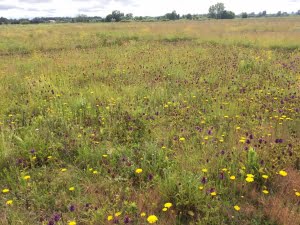
IAE has also been working closely with the City of Corvallis to restore habitats at Herbert Farm and Natural Area, just south of town. With support from Oregon Department of Fish and Wildlife, Oregon Watershed Enhancement Board, Bonneville Power Administration, and Confederated Tribes of the Grand Ronde, former ryegrass fields are now in transition to upland prairie, wet prairie, riparian forest and oak savanna. Early season wildflower species like strawberry, camas, cat’s ear lily and iris have finished flowering for the year, but check out the photos below of some late spring pollinator resources we saw at Herbert Farm in mid-June, and our native plant flowering phenology chart showing the bloom times of natives as the season moves along! IAE's mission includes conducting research that allows for the most successful improvements of diverse pollinator habitat, so we can all enjoy our native butterflies sustainably into the future.
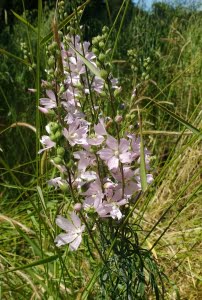
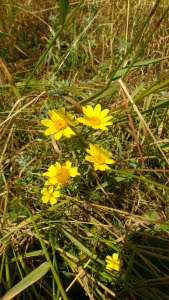
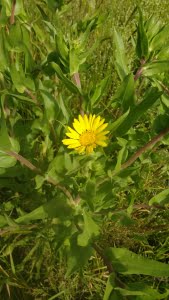
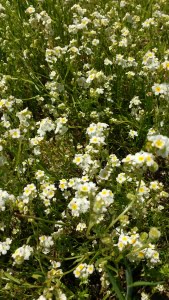
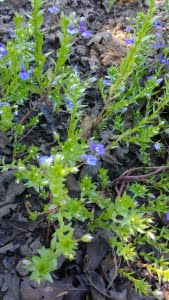
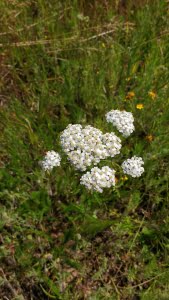
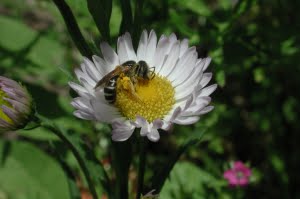

Restoration
Research
Education
Get Involved
Contact
Main Office:
4950 SW Hout Street
Corvallis, OR 97333-9598
541-753-3099
[email protected]
Southwest Office:
1202 Parkway Dr. Suite B
Santa Fe, NM 87507
(505) 490-4910
[email protected]
© 2024 Institute for Applied Ecology | Privacy Policy